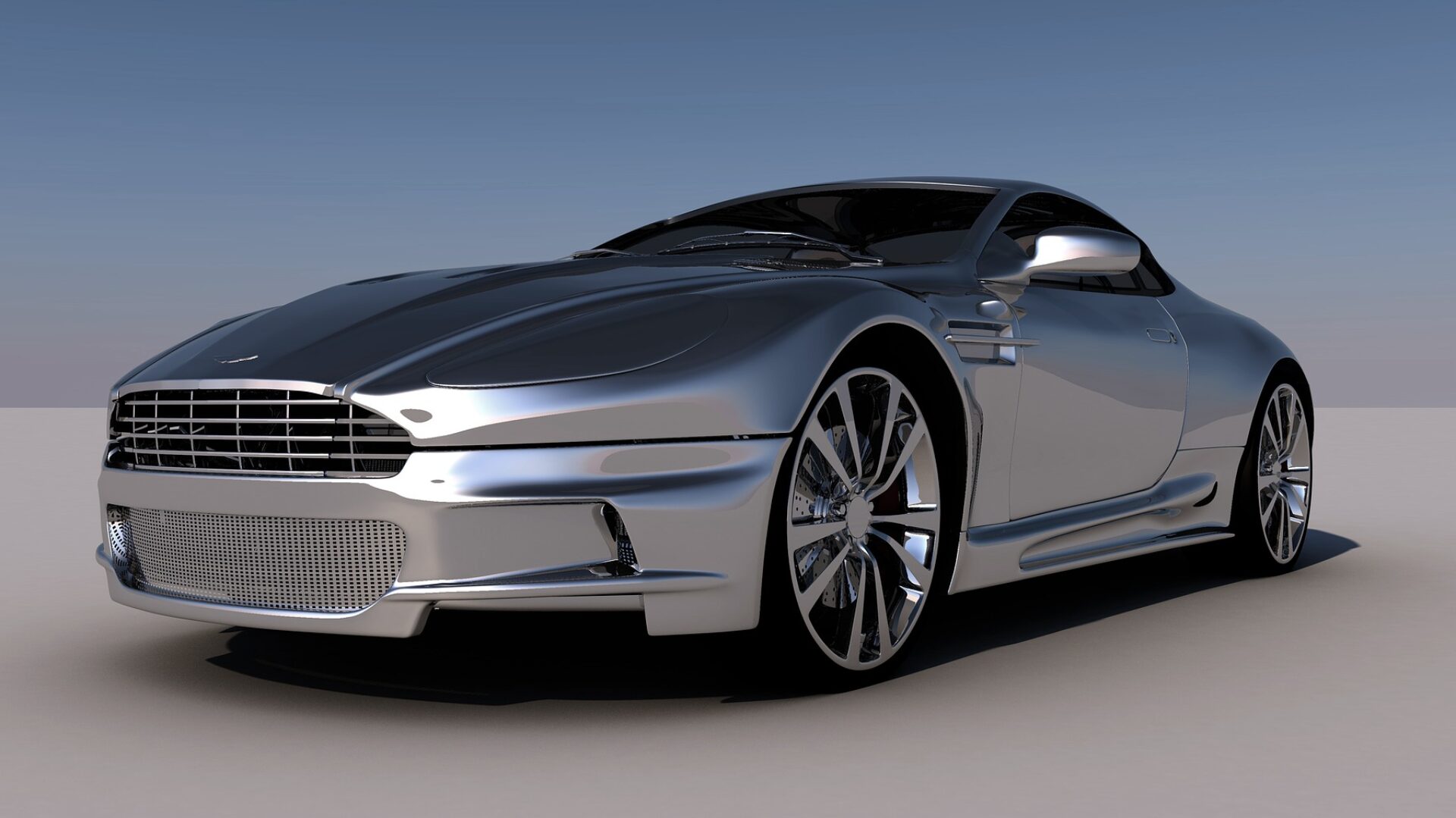
Perhaps your windshield has already been darkened by the first frost, or early snow has dusted your driveway. As you try to get used to the chill, give your ride a thought, and check out these tips that will keep your car smoothly rolling through the challenges of the cold season. Even old hands might find some new insights in the winter.
We presume that you have covered the basics (such as your windshield scraper) and are up to date on your vehicle’s daily scheduled service. Don’t delay it in the winter, a mishap that would only be an inconvenience in warmer weather might be a life-threatening danger.
-
Know how your car behaves during winter
Although it can be helpful to have features like anti-lock braking and all-weather tires, every car performs differently. Stop, start and turn in a vast, empty, snowy parking lot to get the feel of your wheels in the snow, if possible. However it is not 100% safe driving in the snow, it is advisable you get your car insured in case of emergency and learn more from car insurance reviews to keep your ride safe when trouble comes
-
Swap out the winter tires with normal tires.
Snow or not, winter tires are recommended if you live in an environment where temperatures frequently fall below 45 degrees. When turning or stopping on a cold pavement, they’re designed to give you more traction.
Always get yourself updated on your tires. Driving on under-inflated tires may cause them to wear down prematurely and lose traction. For every 10-degree drop in temperature, your tires lose a pound of pressure.
-
Hold your tank of petrol half full.
It’s a great idea to have at least half a tank of fuel in the car during winter weather in case of an emergency or if you get caught in the snow and need to wait for rescue. Plan stops for gas in advance for long road journeys.
Add a layer for security. A coat of polymer wax can form the obstacle against road salt, grime, snow, sleet and more. During winter storms with high-pressure cars, a pair that washes to rinse away accumulation in hard-to-reach areas such as wheels, wheel wells, and underbody.
-
Cover the wipers on your windshield.
If you by chance park outside, leave the wipers in an elevated location to keep the windshield from freezing. Never use your bladder wiper
-
Stop, or delay at least, corrosion.
The resistance of vehicles to corrosion has come a long way in the last few decades. But rust, as Neil Young reminds us, never sleep. For any marks or dings where the damage goes through the paint, give the car a good look-over (preferably after a wash); that is, you can see the bare metal underneath. Before road salt starts to get in there and make a minor problem even worse, they need some paint on them as soon as possible. Professional repair is the most efficient.
-
Make your battery fully charged
Winter puts more stress on your battery, particularly when your car is parked outdoors. With a proactive review of your battery and charging device now, stop the sinking feeling of hearing nothing when you touch the ignition. To load-test your battery, repair shops typically don’t charge much, and some car-parts shops will do it for free. If you find out your battery is going south, instead of being at the mercy of whatever shop your dead car is towed to, you can repair it at your convenience or get more insights before time from 247 home rescue. Notice that certain big-box stores such as Costco offer a decent deal on batteries (not usually all that hard, though batteries are heavy).
